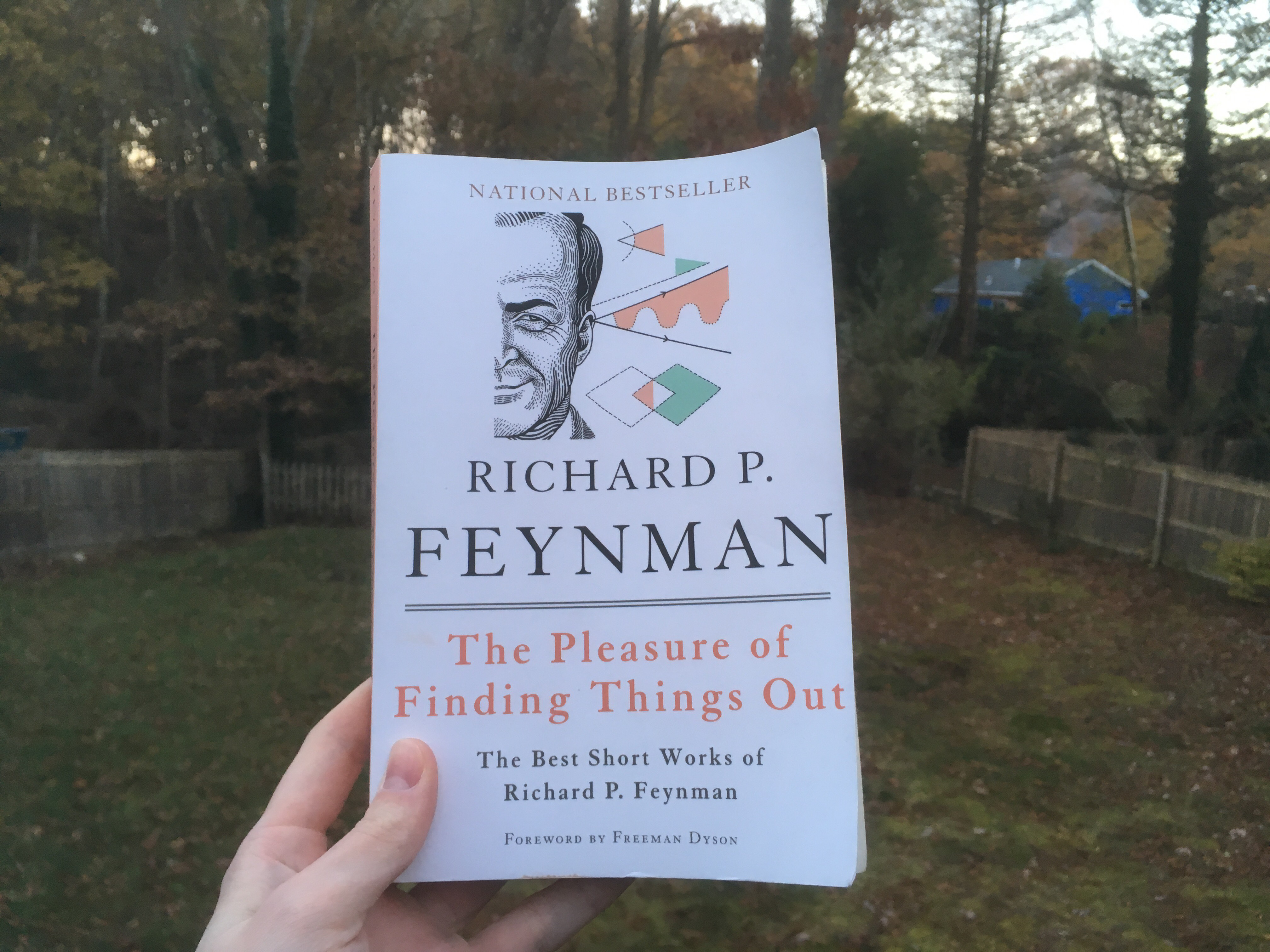By Ginna Royalty
Cynthia Gorney: “Dr. Seuss: Wild Orchestrator of Plausible Nonsense for Kids” Cynthia Gorney is a feature writer who can pretty much do anything. From a whimsical piece about Dr. Seuss to political assassins to women suffering from terrible illnesses. She has an incredible eye for detail and is able to portray each of these stories in a different, captivating way. “You have to be passionately interested in everything,” said Gorney. “You have to want to learn about frogs or cancer or assassins, everything there is to know. You have to know five times as much as you’re ever going to us in the story.” In “Dr. Seuss: Wild Orchestrator of Plausible Nonsense for Kids,” Gorney makes the little things into big things.
Cynthia Gorney is a feature writer who can pretty much do anything. From a whimsical piece about Dr. Seuss to political assassins to women suffering from terrible illnesses. She has an incredible eye for detail and is able to portray each of these stories in a different, captivating way. “You have to be passionately interested in everything,” said Gorney. “You have to want to learn about frogs or cancer or assassins, everything there is to know. You have to know five times as much as you’re ever going to us in the story.” In “Dr. Seuss: Wild Orchestrator of Plausible Nonsense for Kids,” Gorney makes the little things into big things.
Saul Pett uses sentence length and structure to his advantage, once having a lead that was 280 words long. He also creates images in the reader’s mind that you’ll never forget, “He is a seltzer with a lifetime fizz.” He also weaves anecdotes into his articles which help complete his profiles and provides more metaphors than one could imagine. In “Koch Grabs Big Apple and Shakes It,” employs all of these strategies and more.
Mirta Ojito: “A Sentimental Journey to la Casa of Childhood” Mirta Ojito broke down barriers by departing from the journalistic norm, she wrote in first-person. A modest woman who returned to Cuba for the first time in 18 years wrote a compelling story about life in Cuba. In “A Sentimental Journey to la Casa of Childhood,” she connects personal stories to themes that everyone can relate to. She includes detail after detail, “I am here to cover the visit of Pope John Paul II, not to cry at the sight of a chipped, old tile on the floor.”
Mirta Ojito broke down barriers by departing from the journalistic norm, she wrote in first-person. A modest woman who returned to Cuba for the first time in 18 years wrote a compelling story about life in Cuba. In “A Sentimental Journey to la Casa of Childhood,” she connects personal stories to themes that everyone can relate to. She includes detail after detail, “I am here to cover the visit of Pope John Paul II, not to cry at the sight of a chipped, old tile on the floor.”
 David Finkel has a special ear for listening. He collects unusually detailed notes by just listening to them over long periods of time. He has a very simple goal for his writing, “The point is just to tell a nice little story.” In “For Lerro, Skyway Nightmare Never Ends,” Finkel was able to spend enough time with John Lerro to help Lerro become comfortable enough with him to be himself. This led Lerro to reveal such statements as, “Now he is 42, and there are moments when he doesn’t seem eager to make it to 43.”
David Finkel has a special ear for listening. He collects unusually detailed notes by just listening to them over long periods of time. He has a very simple goal for his writing, “The point is just to tell a nice little story.” In “For Lerro, Skyway Nightmare Never Ends,” Finkel was able to spend enough time with John Lerro to help Lerro become comfortable enough with him to be himself. This led Lerro to reveal such statements as, “Now he is 42, and there are moments when he doesn’t seem eager to make it to 43.”
 Tommy Tomlinson made a name for himself after pursuing stories much bigger than his normal metro columns. His extensive details keep the reader’s attention and he uses quotes sparingly because they “really have to have some deep insight into the person I’m talking about or to the subject of the story. In “A Beautiful Find,” Tomlinson relies on metaphors and takes advantage of structural elements present, specifically mimicking an examination’s question format to his advantage and discuss his topics for the article.
Tommy Tomlinson made a name for himself after pursuing stories much bigger than his normal metro columns. His extensive details keep the reader’s attention and he uses quotes sparingly because they “really have to have some deep insight into the person I’m talking about or to the subject of the story. In “A Beautiful Find,” Tomlinson relies on metaphors and takes advantage of structural elements present, specifically mimicking an examination’s question format to his advantage and discuss his topics for the article.
 Blaine Harden utilizes symbols in his writing to convey his themes and messages of the corruption of the political and economic system of Zaire. He draws on literary models such as Heart of Darkness, to reach his goal of helping reader’s hear and feel the story. Specifically in “Life, Death, and Corruption on an African Mainstream” Harden makes his readers feel what he felt, “Glaring white morning light poured over heaps of mottled fur and squirming legs. It was hot and some of the carcasses were ripening.”
Blaine Harden utilizes symbols in his writing to convey his themes and messages of the corruption of the political and economic system of Zaire. He draws on literary models such as Heart of Darkness, to reach his goal of helping reader’s hear and feel the story. Specifically in “Life, Death, and Corruption on an African Mainstream” Harden makes his readers feel what he felt, “Glaring white morning light poured over heaps of mottled fur and squirming legs. It was hot and some of the carcasses were ripening.”
 Ken Fuson: “Ah, What a Day!”
Ken Fuson: “Ah, What a Day!”
Ken Fuson “takes an assignment made of straw and mud and spins it into gold.” He created an unusual story out of something ordinary, consciously thinking about strategies and tactics to make the reader more engaged. He turns the weather into a humanized experience.
Other Feature Writing Examples Among these honored dead, fresh graves in section NTodd Frankel of the St. Louis Post-Dispatch did a great job featuring families on Memorial Day who are paying visits to their loved ones that were killed in Iraq. The emotion is raw and real; families visiting their fallen soldiers.
For many restaurant workers, fair conditions not on menuThe Boston Globe’s Katie Kingsbury had a great example of feature writing when she shed a light on low wages and abuse of restaurant workers. She was able to tell a story to readers while still having a call to action for them.
Derek Boogaard: A Boy Learns to BrawlJohn Branch of The New York Times did a gut-wrenching series on one of hockey’s scariest guys, Derek Boogaard. Boogaard had severe head trauma and a deadly drug addiction. Branch was able to unseen aspects of Boogaard’s life.






